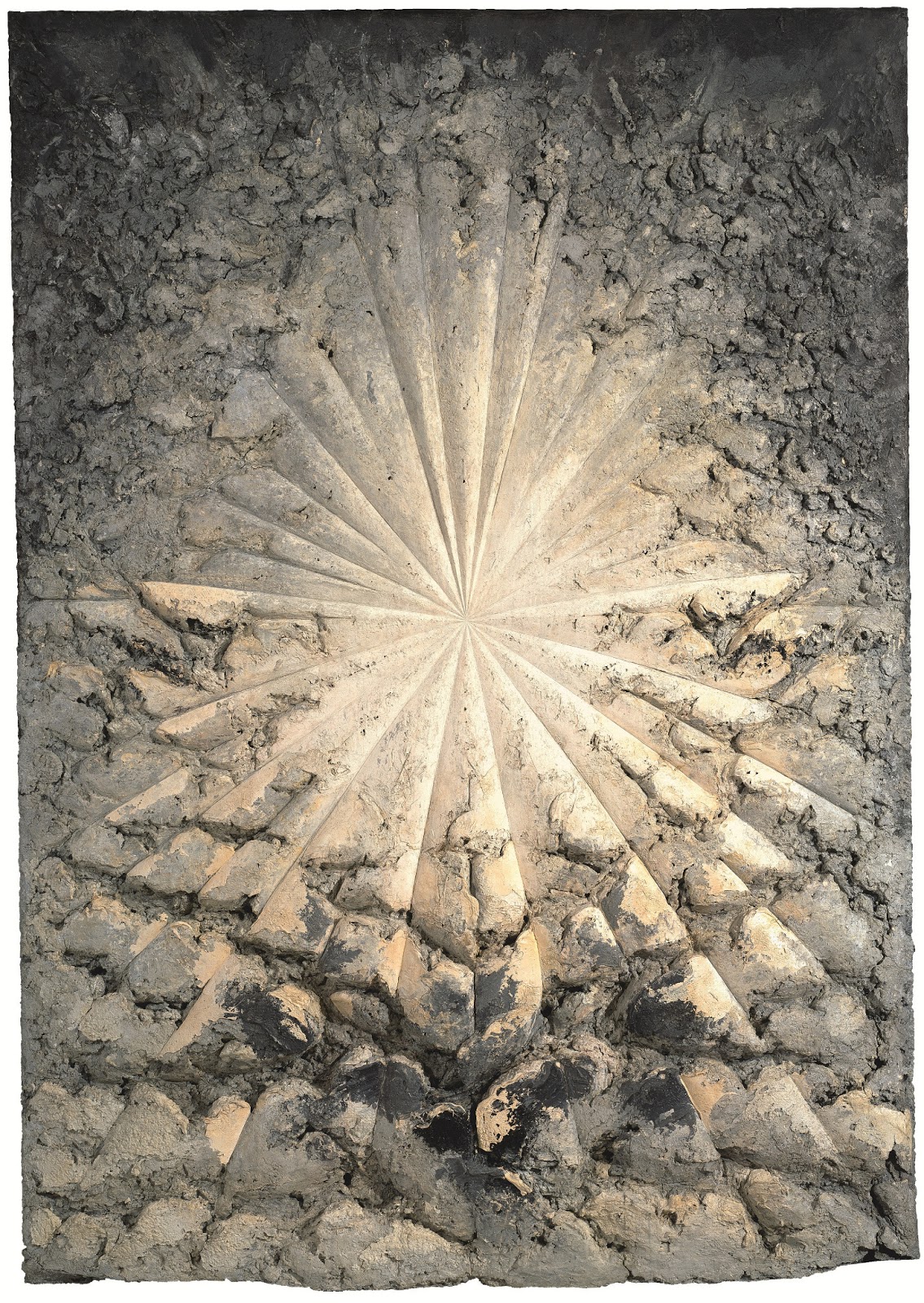
Dear Editor,
“Slow Burn” (New York Times Style Magazine, Sept 23, 2018), brought to mind Jay DeFeo’s monumental work The Rose, a piece that came to define her career, though it shouldn’t eclipse the rest of her compelling work. Installed at first in her apartment in the space of a bay window, it grew over time to consume an entire wall. As she labored over, scraped, and reworked it over the course of 8 years, the painting seemed to take on a life of its own, collapsing the boundaries between the artist, her physical environment, and her work. Since that time, The Rose has become its own kind of creation myth, one in which the fueling energy is obsession.
At last when The Rose was removed from her apartment (DeFeo’s devotion to the piece curtailed only by eviction), a team of movers had to cut out a wall and use a forklift to extract the work from the property. It provokes the question again: when does an artist declare a piece done? She was certainly not done with it when its end was sanctioned.
There are likely countless stories of the idiosyncratic ways artists have been obsessed with a work in progress, but this one was well documented; a video by Bruce Connor portrays it with particular poignance. Though not as long-lived an obsession as the other works described in the article, it was no less personally engulfing.
Diana Ghermann
Oakland, CA
*I never sent this letter responding to Slow Burn, but I was thinking about The Rose recently, so I unearthed it. The piece in the print edition of the magazine was titled “Slow Burn”, but the title changes online. I’ve noticed the same phenomenon with New Yorker articles. Why is that?
